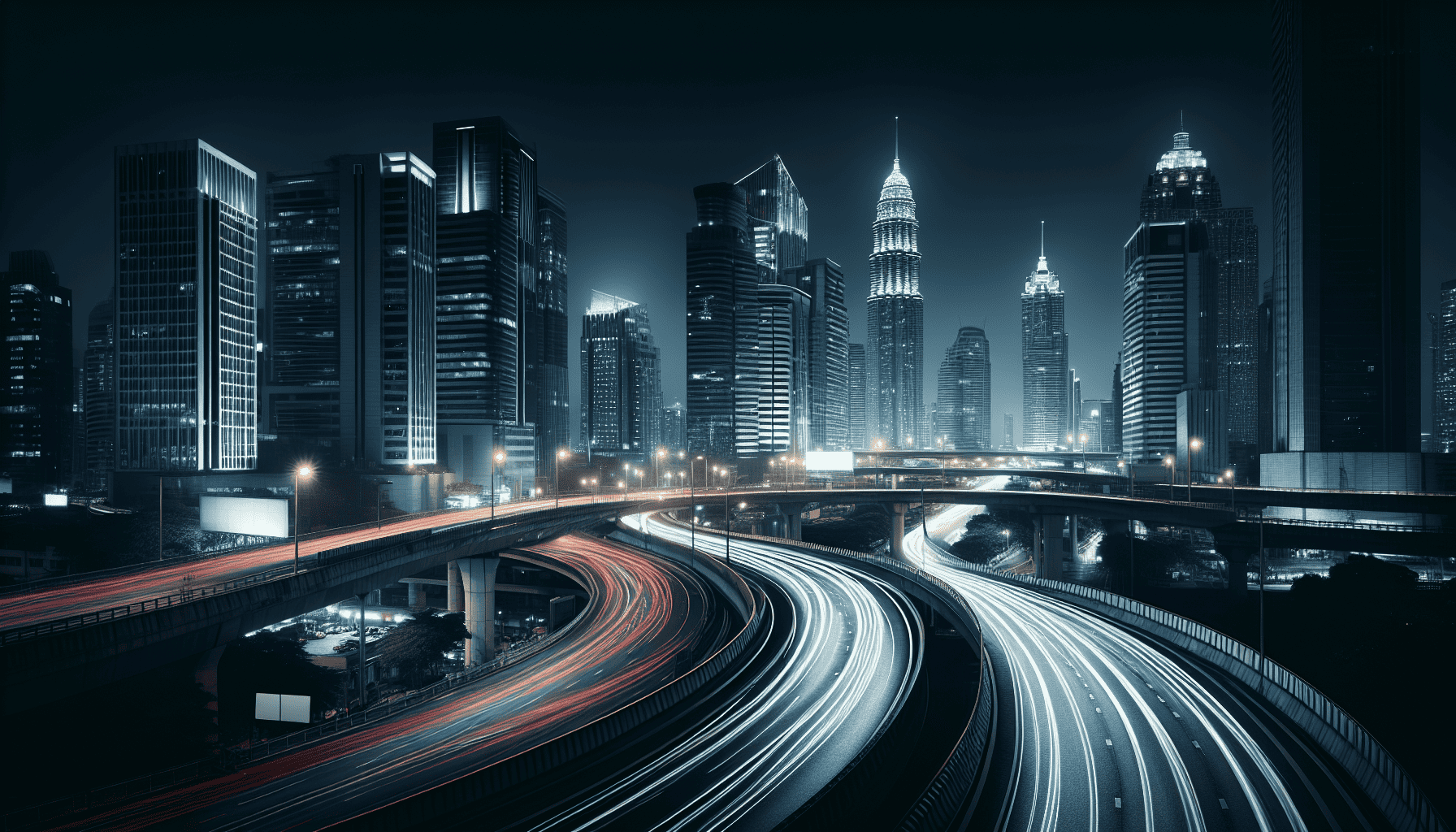Long exposure photography is a captivating technique that allows photographers to create mesmerizing images by extending the camera's shutter speed. This method is particularly popular for capturing the beauty of nightscapes and the fluidity of movement in various environments. Whether you're aiming to photograph serene landscapes or bustling urban scenes, long exposure can add an element of magic to your images.
The Magic of Long Exposure
At its core, long exposure photography involves keeping the camera's shutter open for an extended period, ranging from a few seconds to several minutes. This allows more light to hit the camera sensor, which is particularly useful in low-light situations such as twilight or nighttime. As a result, the camera captures the passage of time in a single frame, leading to stunning effects like silky smooth water, streaking car lights, or stars trailing across the sky.
Essential Equipment
To get started with long exposure photography, you'll need a few essential pieces of equipment:
-
Camera with Manual Controls: A DSLR or mirrorless camera that allows you to manually adjust shutter speed, aperture, and ISO settings is crucial for long exposure photography.
-
Sturdy Tripod: Since the shutter will be open for an extended period, a stable tripod is essential to avoid camera shake and ensure sharp images.
-
Remote Shutter Release or Timer: To minimize camera movement when pressing the shutter button, use a remote trigger or set your camera's timer.
-
Neutral Density (ND) Filters: These filters reduce the amount of light entering the lens, enabling longer exposures even in bright conditions.
Setting Up Your Shot
When planning a long exposure shot, consider the following steps:
1. Choose a Compelling Subject
Look for scenes with elements that will benefit from the long exposure effect. Flowing water, moving clouds, and busy streets with car headlights are all excellent subjects.
2. Compose Your Frame
Pay attention to composition and framing. Use the rule of thirds or leading lines to draw viewers' eyes into the scene. Long exposures can transform mundane scenes into dramatic visuals, so experiment with different perspectives.
3. Set Your Camera
Switch your camera to manual mode and start with a low ISO to reduce noise. Select an appropriate aperture to control depth of field; a smaller aperture (higher f-stop) might be needed for landscape shots to keep everything in focus.
4. Adjust Shutter Speed
Depending on the effect you want to achieve, adjust the shutter speed accordingly. For example, start with a 10-30 second exposure for slightly blurred water or clouds, and experiment with even longer times for more dramatic effects.
5. Use an ND Filter
In bright daylight, an ND filter is often necessary to prevent overexposure. These filters allow you to achieve the desired long exposure effect without blowing out your image.
Post-Processing Tips
Long exposure shots often benefit from post-processing to enhance their visual impact. Consider adjusting contrast, saturation, and sharpness to bring out details. Noise reduction software can also help smooth out any grain that may have appeared during the extended exposure.
Conclusion
Long exposure photography is a powerful tool that transforms the ordinary into the extraordinary. By experimenting with different settings and techniques, you can capture dynamic scenes that tell a story of movement and time. Whether you're photographing tranquil landscapes or energetic cityscapes, mastering long exposure will undoubtedly add a new dimension to your photographic repertoire.
